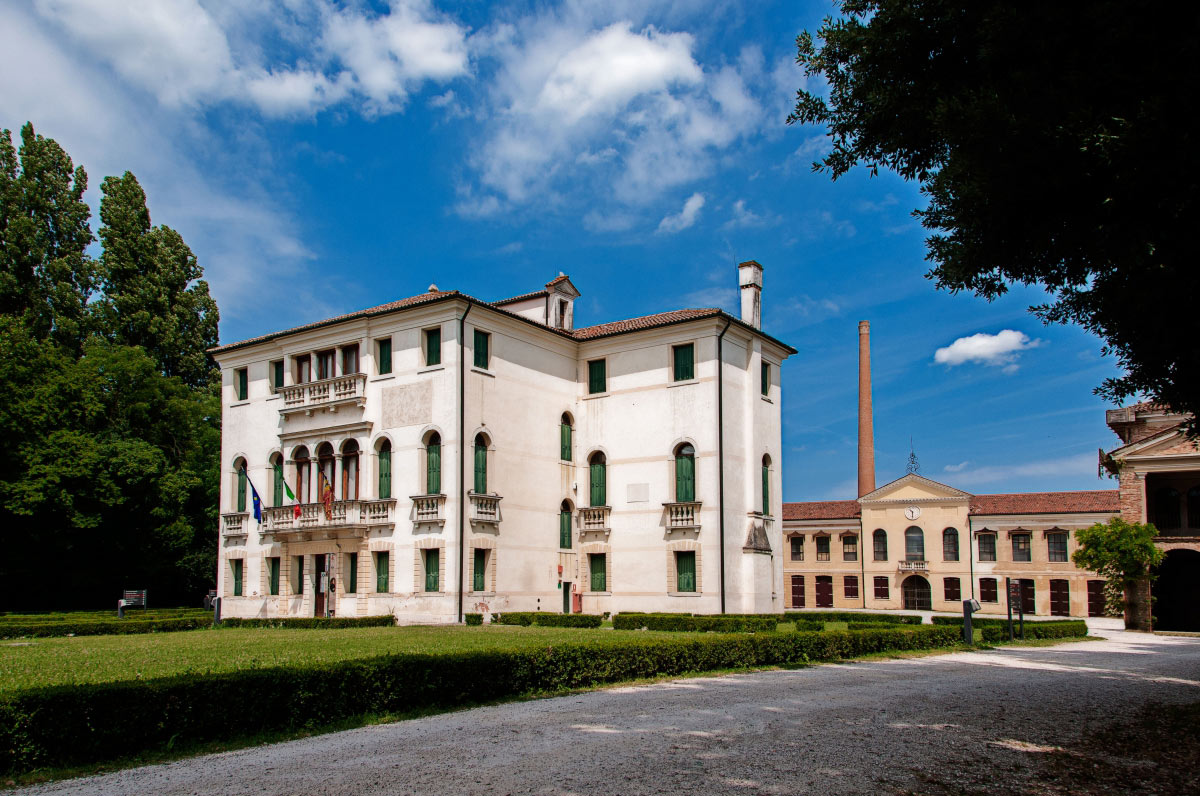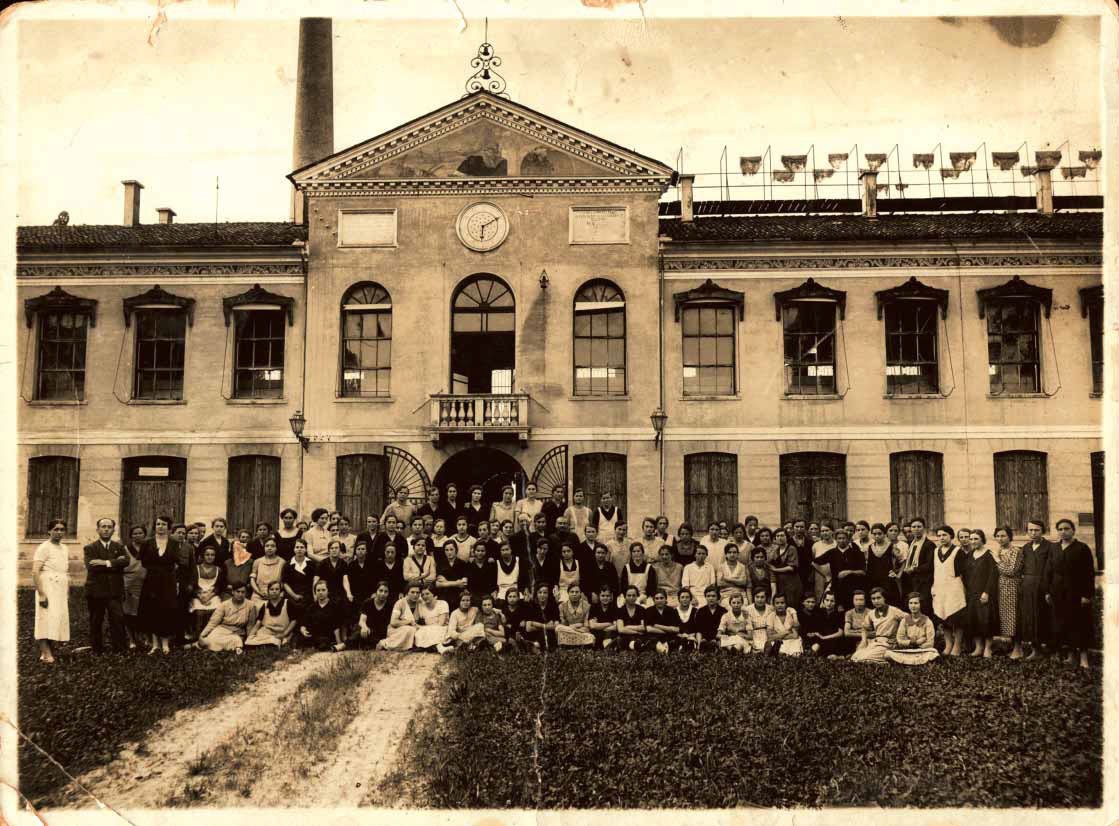

The spinning mill was built between 1870 and 1872 by Moisè Vita Jacur based on the original design of his nephew ing. Leone Romanin-Jacur. The construction of this spinning mill coincides with the entry into Italy of the new mechanical technologies for the reeling of the silk thread and with the construction in Padua of the Experimental Station for the breeding of the silkworm and the cultivation of the mulberry.

The Filzano di Salzano was undoubtedly an avant-garde spinning mill: built according to the best techniques allowed in that period, it applied a particular patent for the aeration of the Spinning Exhibition which earned it the silver medal at the Brussels International Exposition in 1876. For the volume of the work done and for the quantity of cocoons withdrawn, the Filzano di Salzano immediately established itself as one of the most important in the Veneto; in the periods of maximum production, the plant employed about 250 people with a consequent positive impact on the local economy which is still mainly agricultural.

At the beginning of the twentieth century the production plant was further improved and strengthened by replacing the basins and building a new chimney. The production of yarns continued until 1937 and, after a suspension caused first by the fascist racial laws and then by the war events, hinted at a recovery in the immediate post-war period; it was then closed definitively on the threshold of the 1950s when the new synthetic fibers were added to the silk.
La Filanda Romanin-Jacur
Address: Via Roma, 166, 30030
Phone: 041 570 9742
Site:
filandadisalzano.itLocation inserted by
Culturalword Abco